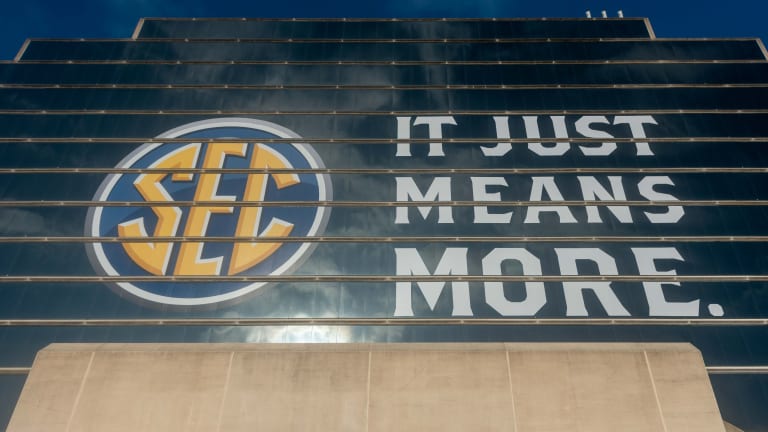
A JERSEY GUY: Will CFB Players Be Worn Out Even If They Can Play This Season?
The routine has been the same at most FBS schools for years.
Report back to campus for informal conditioning and workouts in June and July. Then, pick up the pace with an early August start of fall camp in preparation for a season opener in early September.
The process changed this season, picking up the pace with a sense of urgency in June, created by the outbreak of the COVID-19 pandemic.
The stress of protocols and testing for even the most mundane of activities have been added to the mix.
That started in mid-June to early July and it hasn't stopped.
Now we are in the middle of August. In a normal season, everyone would be in a training camp mode for the start of a regular season that would be only two weeks away.
All of the FCS and a good percentage of FBS schools have shutdown their season's preparations.
The survivors continue, with more and more uncertainty about when and where and against whom the season will begin, if at all.
Each day brings its own set of campus crises and the strain is starting to show with a key question.
"My guys are worn out,'' said one Power 5 coach. "They have been here all summer. They need a week off. I don't know what they are going to have left even if we do play.''
As of Friday afternoon, the SEC, ACC and Big 12 were the three Power 5 conferences who were continuing to prepare for the start of the season in a few weeks.
There were interesting subplots brewing, such as in the Big 12, which voted last week to continue football. Although, sources suggest that the majority of schools were against it, they did not overcome the veto power exercised by both Texas and Oklahoma, the cornerstone franchises of the conference.
There was even a subplot to a subplot with rumblings that Oklahoma was softening its stance against playing, which would leave only Texas as a very powerful minority.
Other Group of 5 conferences also carried on their plans, with the philosophy best expressed by American Athletic Conference Commissioner Mike Aresco.
"We will play until we are told to stop,'' said Aresco, not making it clear who or what circumstances would generate that order. "We feel we have done everything necessary to mitigate the risks involved. We feel we have it under control right now. But there are obviously no guarantees.”
Aresco did concede that if any of the Power 5 conferences did halt football, the AAC would likely follow the same course of action.
The irony in all of this is obvious. There might indeed be college football this season, but if it does happen, how worn down, either mentally or physically will the players be and isn't that another inherent risk?